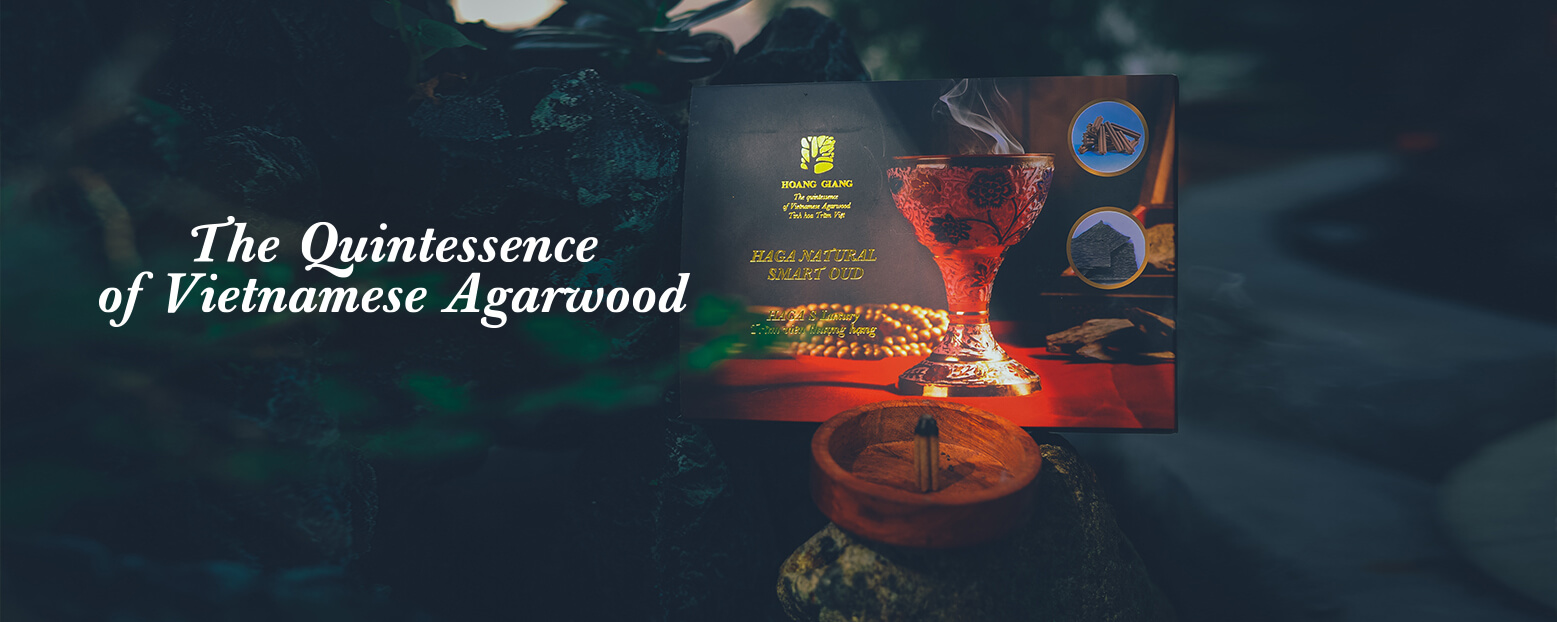Tips For Identifying Real Vs. Fake Agarwood
Agarwood is one of the most precious kind of wood on the entire world, which is received great interests from human by its rareness as well as fengshui and the fragrance health benefits. The burning scent of Agarwood is the scent – deep sweet, spicy, warm, natural woody – that barely no other flavors can compare with. With this unique characteristic, no one can deny that Agarwood is the king of fragrance.

Agarwood is formed from wounds inside Aquilaria tree’s trunk, caused by external impacts such as: ants, bombs, natural disasters, or by human forces,… To heal the wounds, the plant produces a special aromatic resin in order to covered the wounded areas. Time gone by, the healing aroma resin forms Agarwood inside tree’ trunk, which is extremely precious because the average rate of forming Agarwood in nature is quite low and rare.
Agarwood has a very high economic value, so there are many people have taken advantage of the matter of customers’ lacking information to trade fake Agarwood of artificial Agarwood products with poor quality for profiteering. So the question is how to distinguish between real and fake Agarwood?
In this very topic, Hoang Giang Agarwood would like to share to you some specific ways to identify what is real and what is fake. Based on Agarwood’s characteristics, Agarwood is divided into two main types, namely natural Agarwood and cultivation Agarwood.
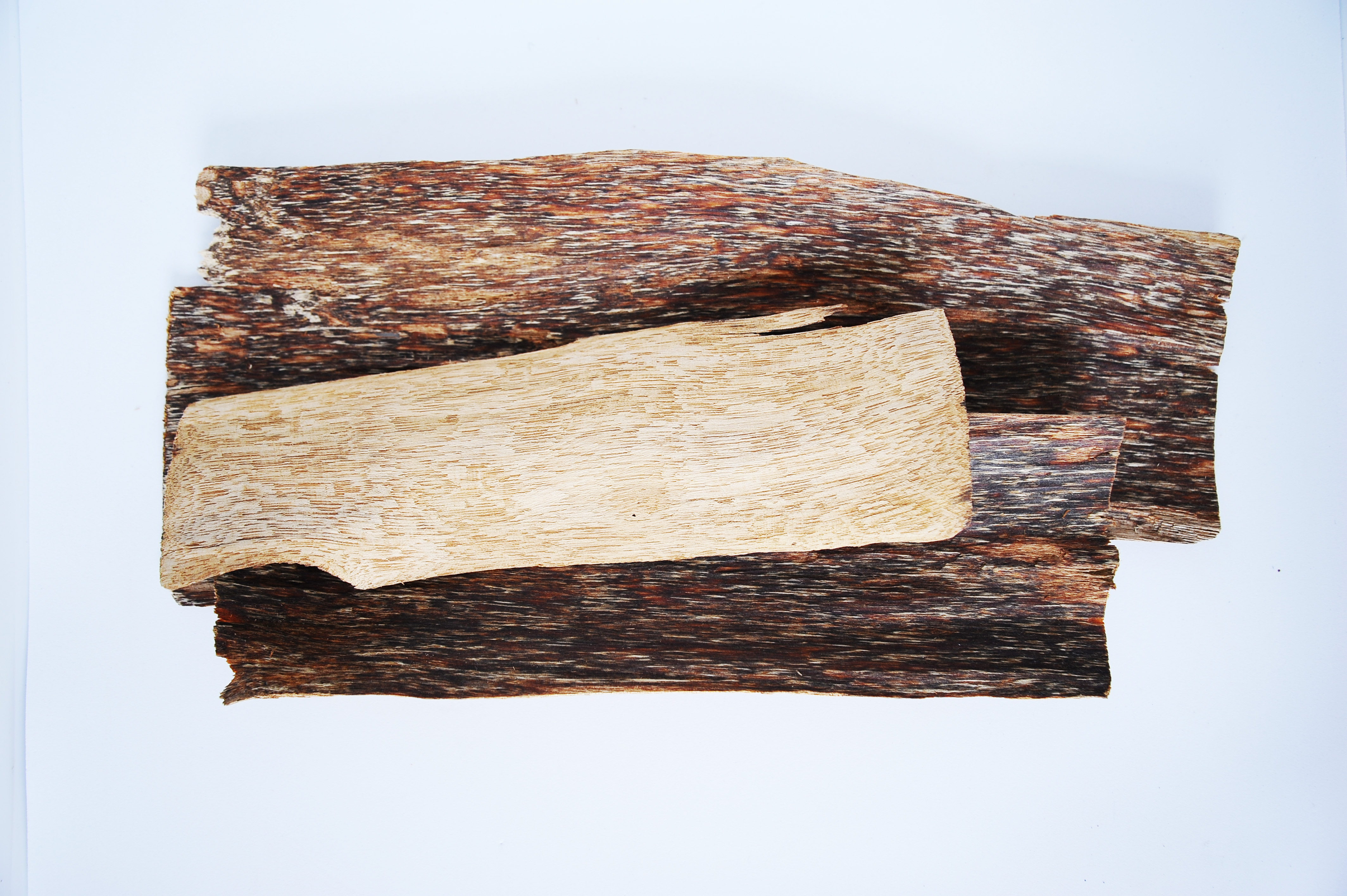
Real Agarwood, or natural Agarwood
Natural Agarwood have the highest value of two kinds of Agarwood. It is exploited and found entirely from wildlife, which contains extremely high oil quality, and sinks completely when dropped into water. Incense products made from Agarwood are economically valuable items. The more oil the wood contain, the more heavy the wood is. The more oil the wood contain, the more rare and valuable the Agarwood is. A bracelet made from natural Agarwood submerged in water can be up to more than 1 billion VND.
Cultivation Agarwood or plantation Agarwood
Cultivation Agarwood is cultivated and transplanted from Aquilaria tree – one of a plant can produce Agarwood. Cultivation Agarwood is transplant and grown in 10 year-old Aquilaria trees. After being transplanted, it takes about 5 years for the tree to form Agarwood inside its trunk. However, the probability of creating Agarwood is relatively low. Therefore, cultivation Agarwood is as precious as natural Agarwood and is sold with high cost, but the scent is not long and bold like natural Agarwood.
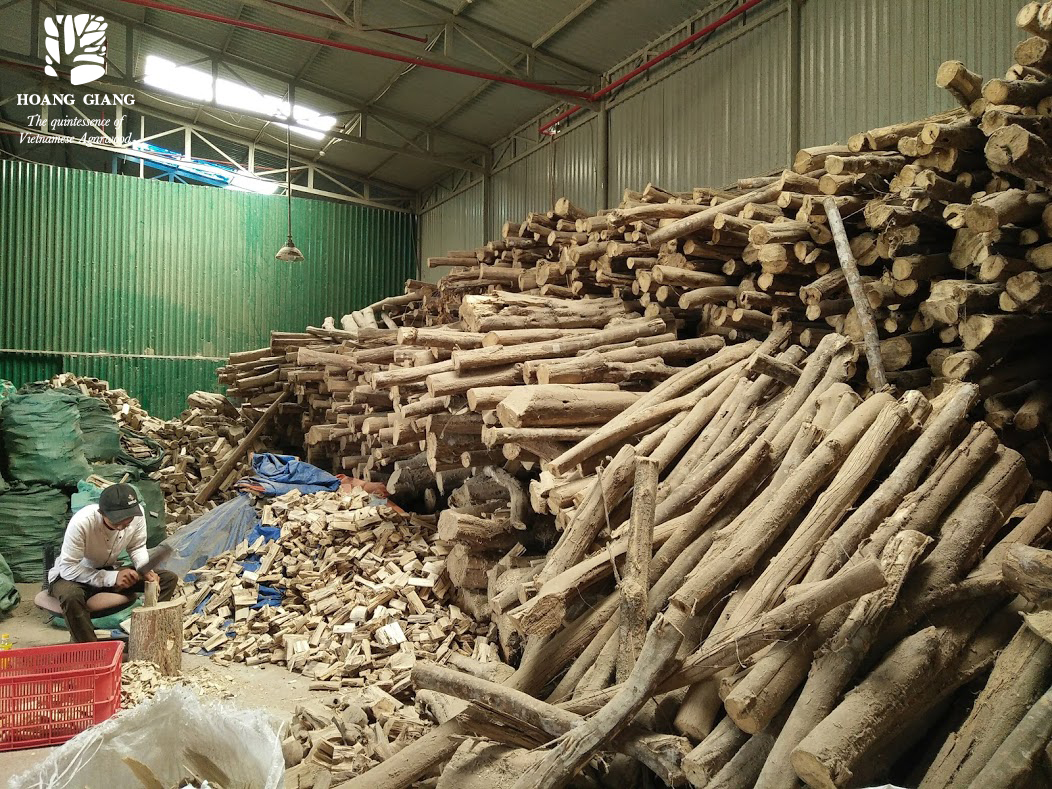
Fake Agarwood
Fake Agarwood bracelet is made from the wood which has not yet transplanted to create Agarwood or other cheap kind of wood, then impregnated with chemicals or artificial additives to create fake Agarwood scent. The fake scent only cover the outside skin of each beads. The fake scent is deep but after being worn for a time, fake Agarwood bracelet will lose its aroma and reveal the original wood in black or fade white, submerges in water.
Fake Agarwood is soaked with artificial scent in high pressure to produce the same smell. However, the colors are very dark and wood grains is not visible. The fake scent is very strong, pungent but scent retention time is not so long. Yet, these bracelets with artificial scent is especially favored by cheap price. If there is no experience with Agarwood, customers are often confused the fake one with the natural and buy at high prices.
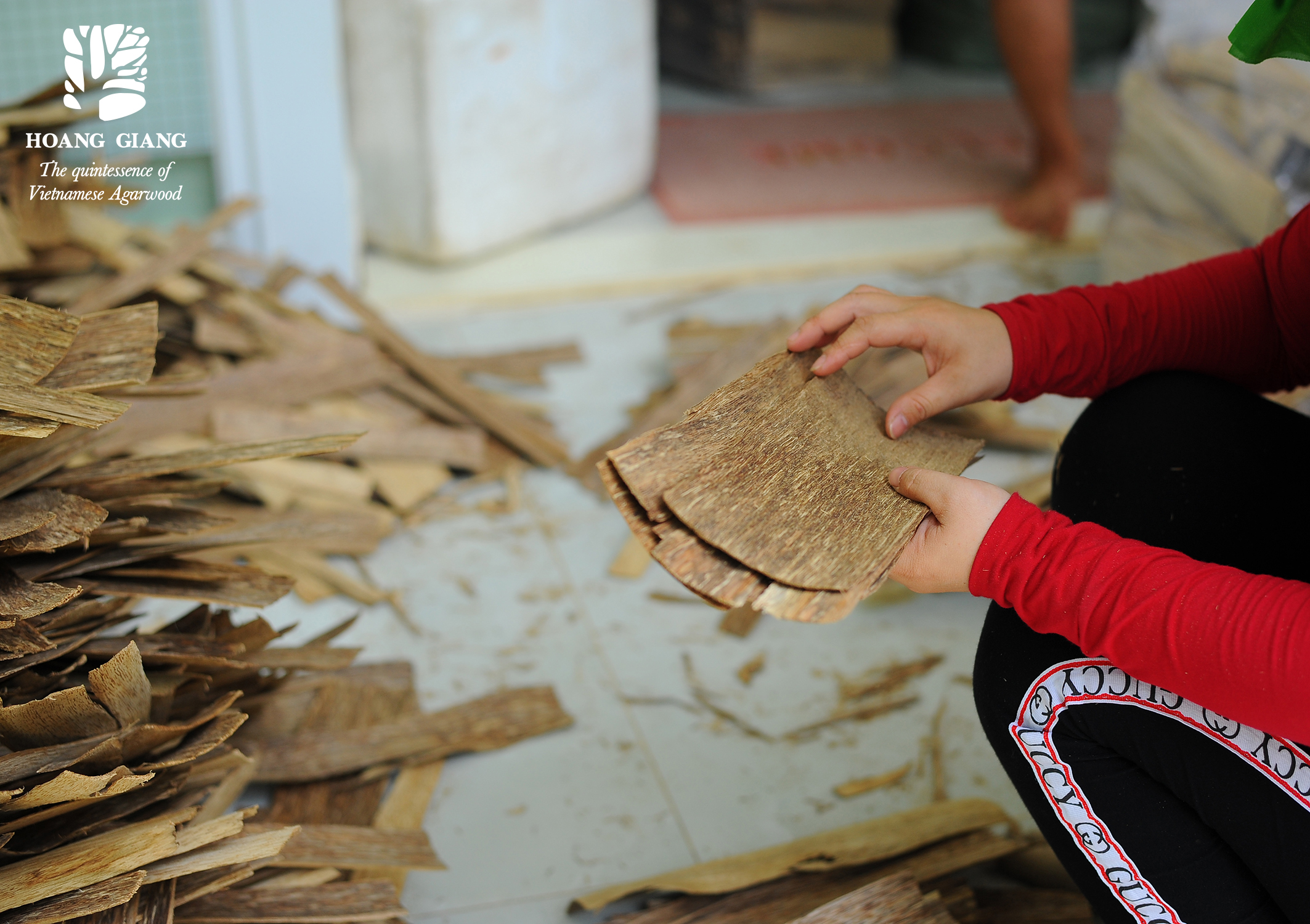
Identifying real Agarwood vs. fake Agarwood
As well as recognizing the appearance and scent, we can distinguish real and fake Agarwood by: submerge 2 pieces of wood in hot water, boil for 2 hours. If the water color change, the piece of wood inside is fake. If the water does not change its color and there is lingering scent of wood billowing out, it is real Agarwood.
At present, due to the soaring demand for Agarwood in the market, Aquilaria trees is almost extinct. Those trees in natural are very rare, so many people moved to cultivate dozens of hectares to grow cultivation Agarwood. Cultivation Aquilaria tree grown over 10 years will be drilled/chiselled to stimulate to produce Agarwood. After 2 to 3 years, Agarwood is harvested and cut into logs to be sold for manufacturers.
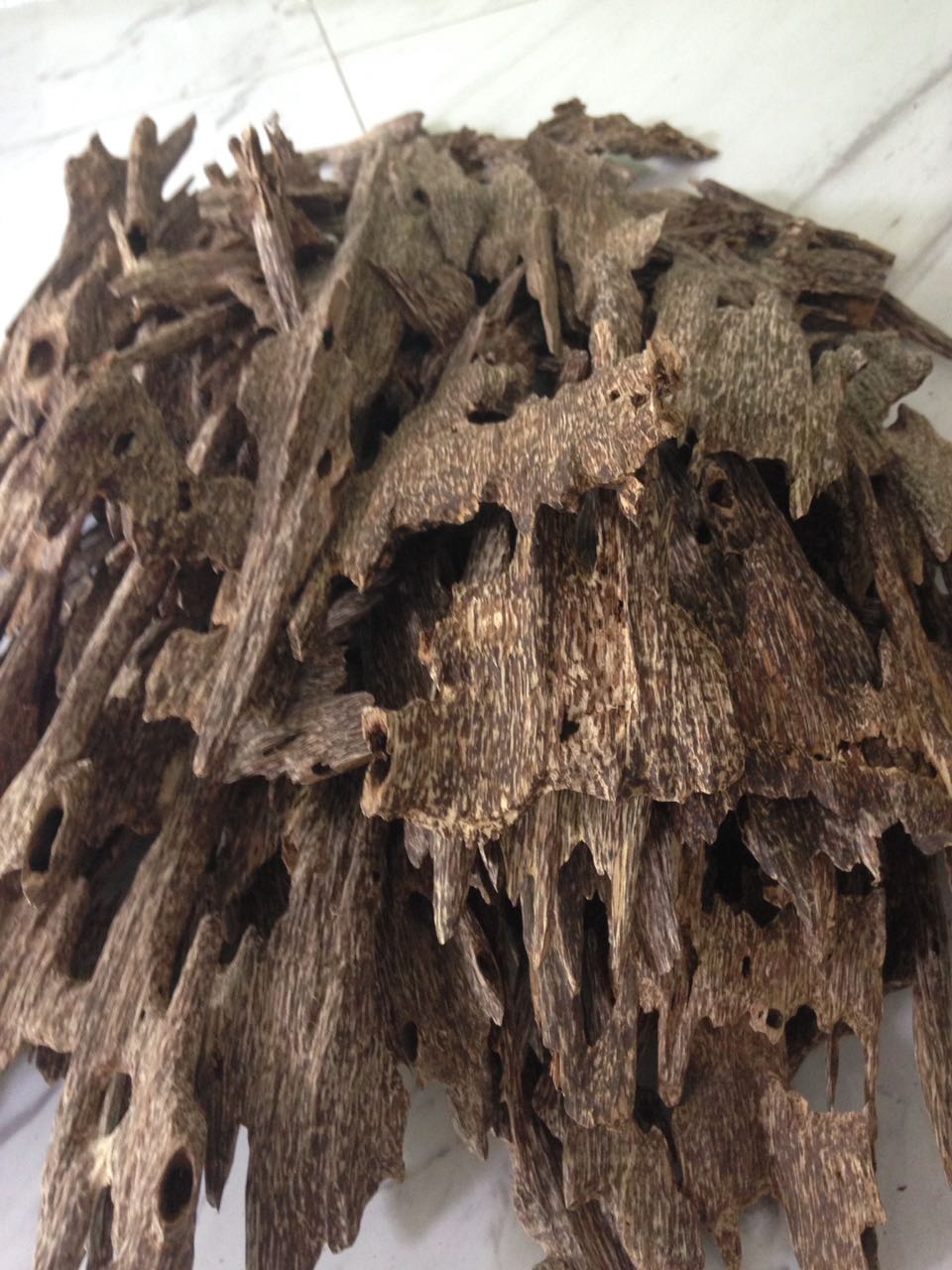
LEAVE A REPLY below if you have any interest in making Hoang Giang Ltd. your best supplier. We always offer FREE SAMPLE for our customers.
See our products here
HOANG GIANG AGARWOOD CO., LTD.
Main office & Factory: Nguyen Minh Chau Street, Hiep Cuong Hamlet, Lagi Town, Binh Thuan Province, Vietnam.
Trade office: L40, Street No.11, Him Lam residential area, Tan Hung Ward, District 7, Ho Chi Minh City, Vietnam
Hotline: +84 973 770 639 (available on whatsapp & viber)
Email: info@hgagarwood.com
Website: hgagarwood.com

